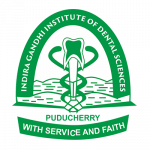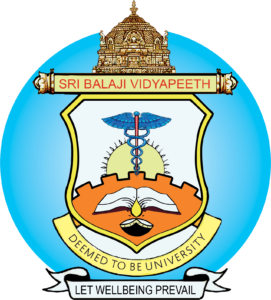


FIRST YEAR MDS
Basic preclinical exercise work for MDS Students First 6 months
- Clasps
- Labial bows
- Springs
- Canine retractors
- Appliances
- Soldering exercises
- Welding exercises
- The impression of upper and lower arches in alginate
- Study model preparation
- Model analysis
- Cephalometrics
- Basics of clinical photography including digital photography
- Light wire bending exercises for the beg technique
- Typodont exercises
CLINICAL WORK
Once the basic pre-clinical work is completed the students can take up clinical cases and the
clinical training is for the two and a half years.
Each postgraduate student should start with a minimum of 50 cases of his or her own. Additionally, he/she should handle a minimum of 20 transferred cases.
The type of cases can be as follows:
- Removable active appliances 20 cases
- Class- I malocclusion with crowding
- Class- I malocclusion with bimaxillary protrusion
- Class- II division 1
- Class –II division 2
- Class- III (orthopedic, surgical orthodontic cases)
- Interdisciplinary cases
- Removable functional appliance cases like activator, bionator, functional regulator, twin block and new developments
- Fixed functional appliances Herbst appliance Jasper jumper etc. -5 cases
- Dentofacial orthopedic appliances like headgears, rapid maxillary expansion, Niti expander, etc- 10 cases
- Appliance for arch development such as molar distillation – 5 cases
- Fixed mechano therapy cases (Begg, PEA, tip edge, edgewise)
- Retention procedures of above-treated cases
Other Work to be done in the First Year
- Seminars -5
- Journal Club-5
- Protocol For Dissertation to be submitted on or before the end of 6 months from the date of admission
- Undergraduate classes to be taken – 5 in a year
- Clinical case presentation -4 in a year
- Case discussion
- Field visits- to attend dental camps and to educate the masses.
- Basic subject classes
- Internal assessment or term paper
SECOND YEAR
- Seminars – 5
- Journal club -5
- Library assignment to be submitted on or before the end of 6 months
- Undergraduate classes to be taken
- Interdepartmental meetings
- Case discussions
- Field visits
- Dissertation
THIRD YEAR
- Seminars- 5
- Journal club- 5
- Interdepartmental meeting
- Undergraduate classes
- Completed dissertation should be submitted six months before the final examinations
- Case discussions
- Field visits
- Preparation of finished cases in presenting cases
- Mock examination
DISSERTATION
- Journal clubs-5/ year
- Seminars-5/year
- Clinical case presentations-4/ year
- Lectures for under graduated- 1/year
- Scientific paper/poster presentation at state/ national level conferences- 4 papers/posters during three years of training workshop period
- Clinicopathological conferences – 2 presentations during three years of a training period
- Scientific publications( optional)- 1 publication in any indexed scientific journal
- Submission of synopsis- 1 synopsis within six months from the date of commencement of the course
SYLLABUS OF MDS COURSE
(According to DCI Regulations 2017)
Syllabus distribution based on exam pattern
PART I
Paper I: Applied basic sciences:
Applied Anatomy, Physiology, Dental Materials, Genetics, Pathology, Physical Anthropology, Applied Research Methodology, Biostatistics, and Applied Pharmacology.
PART II
Paper I: Orthodontic history, concepts of occlusion and esthetics, child and adult psychology, etiology and classification of malocclusion, Dent facial anomalies, Diagnostic procedures, and treatment planning in orthodontics, practice management in orthodontics.
Paper II: Clinical orthodontics.
Paper III : Descriptive and analyzing type question.


